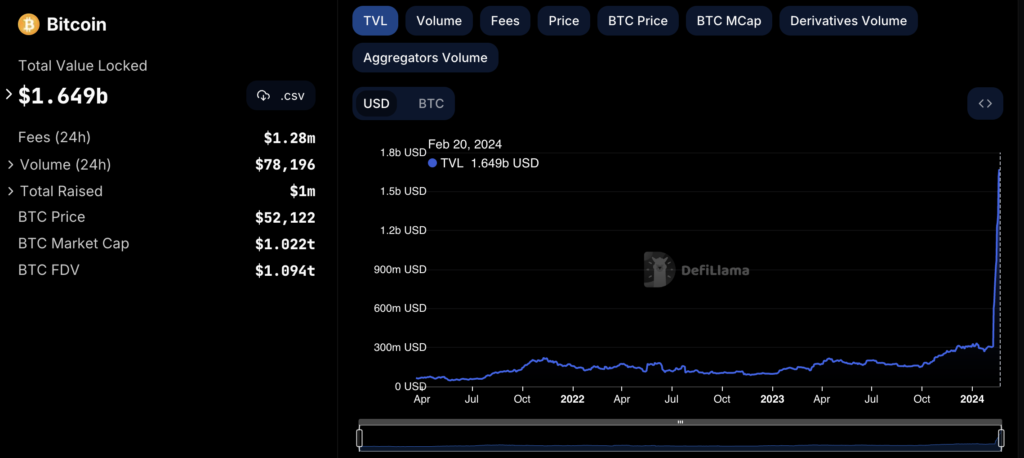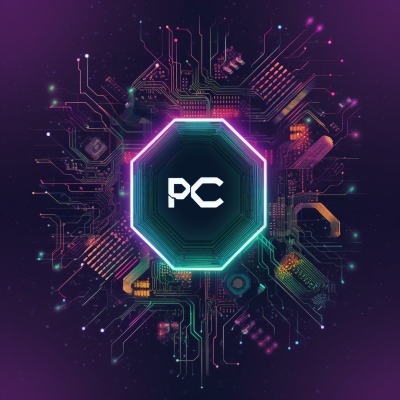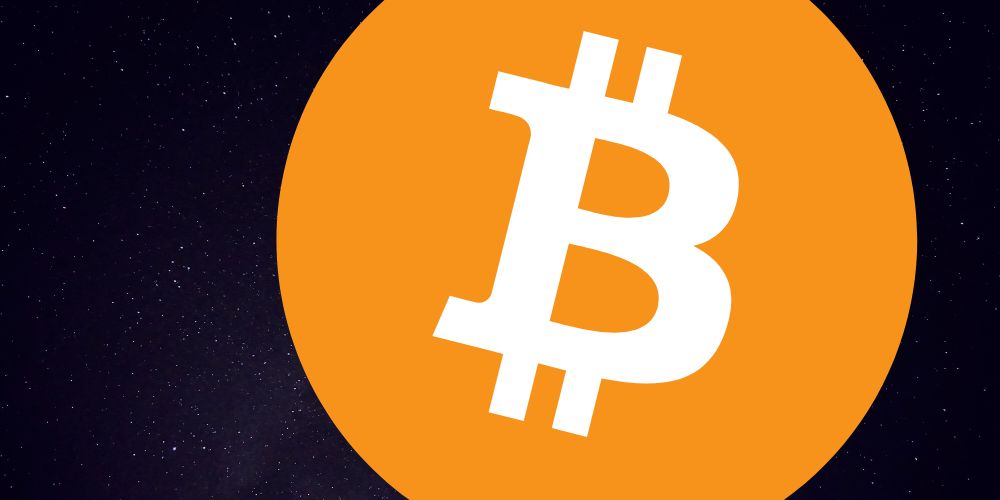Bitcoin, the trailblazer of cryptocurrencies, is stepping into the world of decentralized finance (DeFi). After Ethereum’s rise – fueled by its support for complex smart contracts – Bitcoin enthusiasts are bringing DeFi innovation to the most established blockchain.
While Bitcoin wasn’t initially designed with complex smart contracts in mind, there’s a growing desire to leverage Bitcoin’s security and decentralization in the world of Decentralized Finance (DeFi). This has led to the development of solutions built on top of Bitcoin or connected to it.
Trade Bitcoin BTC with our VIP referral links on MEXC, ByBit or Bitget.
Key Elements of Bitcoin DeFi
- Wrapped Bitcoin (wBTC): The most popular way to bring Bitcoin to other blockchains. wBTC is an ERC-20 token on Ethereum pegged 1:1 with Bitcoin. Users can deposit Bitcoin to custodians and receive wBTC, which is then used in various DeFi protocols on Ethereum.
- Sidechains: Separate blockchains connected to Bitcoin’s main chain. They provide more programmability for smart contracts and DeFi applications. Examples:
- RSK: Focused on smart contract development, compatible with Ethereum.
- Liquid Network: Designed for fast and confidential Bitcoin transfers, suited for traders and exchanges.
- Layer-2 Solutions: Scaling solutions on top of Bitcoin.
- Lightning Network: A network of payment channels for fast, low-cost Bitcoin transactions. Well-suited for micropayments and potential DeFi applications.
- Bridges: Protocols enabling assets to be transferred between Bitcoin and other blockchains, facilitating cross-chain DeFi interactions.
DeFi Applications on Bitcoin
Bitcoin DeFi already sits on over $1.6b in TVL according to DefiLlama.
- Decentralized Exchanges (DEXs): Platforms like Sovryn (RSK) and THORChain (cross-chain) allow trading of Bitcoin and other assets.
- Lending & Borrowing: Protocols are emerging (e.g., Sovryn, Tropykus) allowing users to lend or borrow cryptocurrencies, including Bitcoin-pegged assets.
- Stablecoins: Pegged to the value of fiat currencies (e.g., USD) are built on Bitcoin sidechains, providing stability within the DeFi ecosystem.
- Synthetic Assets: Protocols are being developed that track the value of other assets (like stocks or gold) on Bitcoin sidechains.

Challenges and Considerations
- Limited Smart Contract Functionality: Bitcoin’s scripting language lacks the full expressiveness of platforms like Ethereum. This necessitates workarounds or the use of sidechains and layer-2s.
- Centralization Risks: Some solutions, like wrapped Bitcoin, rely on centralized custodians, introducing an element of trust.
- Trade-offs: Projects often focus on specific aspects of DeFi with trade-offs in terms of security, decentralization, or scalability.
Why Bitcoin DeFi?
- Proven Network: Bitcoin’s track record of security and decentralization offers a solid foundation for peer-to-peer financial systems.
- Expanded Vision: DeFi aligns with Bitcoin’s original goal as an electronic cash system, adding a new layer to its ‘digital gold’ narrative.
- NFT Success: The rapid growth of Bitcoin-based NFTs demonstrates the potential for DeFi applications on the network.
The Bitcoin DeFi landscape, like all DeFi ecosystems, must address the risk of scams and rug pulls. As more projects emerge, Bitcoin’s reputation for security will be tested. How the community responds to these challenges will be crucial.
Bitcoin’s DeFi journey adds a compelling new dimension to the veteran cryptocurrency. Could this evolution attract new users and propel Bitcoin into its next era as both a store of value and a driver of financial innovation? Only time will tell.
The Evolving Landscape
Bitcoin DeFi is rapidly evolving, with new protocols and solutions emerging frequently. There’s a strong focus on:
- Improved bridge security: Mitigating the risks involved in cross-chain interactions.
- Enhancements to Layer-2s: Continued development of the Lightning Network and other scaling solutions for increased capacity and use cases.
- Innovative DeFi Primitives: The potential for new types of DeFi applications specifically tailored to Bitcoin’s features.
New Concepts on Bitcoin
Here’s a breakdown of some of the most significant recent updates to Bitcoin, including Taproot, Ordinals, and related concepts:
Taproot
- Implementation: Activated in November 2021.
- Focus: Privacy and efficiency improvements.
- Key Changes:
- Schnorr Signatures: Replaces Bitcoin’s older ECDSA signatures with Schnorr signatures. These are more compact and offer better privacy features, particularly for multi-signature transactions.
- Merkelized Abstract Syntax Trees (MAST): Introduces a tree-like structure to store different spending conditions in a transaction. This reveals only the relevant portion of a transaction’s logic, making complex smart contracts more private and scalable.
- Impact: Taproot unlocks potential for more sophisticated smart contract development on Bitcoin, improving overall privacy and making multisig transactions cheaper.
Ordinals
- Implementation: Introduced in January 2023.
- Focus: Enabling NFT-like functionality directly on the Bitcoin blockchain
- Key Changes:
- Inscriptions: Ordinals leverage Taproot’s witness data (additional transaction information) to store small amounts of data, including images or text, directly on individual satoshis (the smallest unit of Bitcoin).
- Serial Numbering: Satoshis are numbered in the order they were mined, allowing them to be uniquely tracked and associated with an “inscription.”
- Impact:
- NFT-like functionality on Bitcoin: Ordinals have opened the door to storing digital artifacts natively on the Bitcoin blockchain.
- Controversy: Debated topic due to its impact on network congestion and fees. Some argue it goes against Bitcoin’s primary function.
Runes
- Concept: Still under development, Runes aims to bring more complex DeFi capabilities to Bitcoin.
- Proposed Changes:
- Vaults: Special types of Bitcoin addresses designed to lock funds and allow interaction without the need to constantly broadcast transactions.
- Covenants: Rules attached to vaults to control under what conditions the funds within can be released.
- Impact (Potential):
- Reduced blockchain bloat: Could improve Bitcoin’s scalability for certain DeFi applications.
- More intricate smart contracts: Expanded possibility for on-chain lending, borrowing, and other DeFi use cases.
Other Notable Developments
- Taro: A protocol built on top of the Lightning Network and Taproot. Aims to allow for asset issuance (stablecoins, NFTs, etc.) with faster confirmation times and lower fees than on Bitcoin’s main chain.
Bitcoin on the rise in 2024
These upgrades are very recent, and the long-term impact and adoption are still being determined. The trade-offs between scalability, decentralization, and Bitcoin’s core philosophy of a sound money system remain a point of active discussion.
This push is driven by a desire to expand Bitcoin’s utility after the recent excitement over Bitcoin-based ETFs. Upgrades like Taproot have unlocked new possibilities for complex transactions on the network. As a result, Bitcoin-powered DeFi projects are flourishing: layer-2 scaling solutions, decentralized exchanges, and bridges connecting Bitcoin to other blockchains.
P.S. Nothing here is financial advice. Purely educational content. Links are affiliate.


Leave a Reply